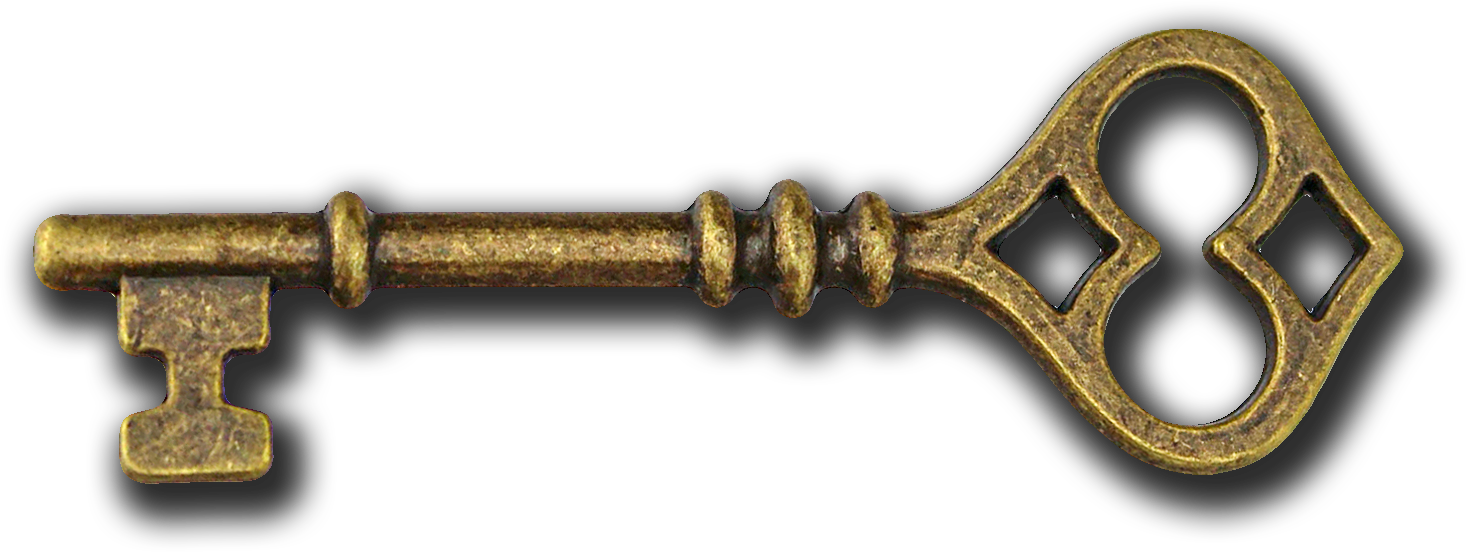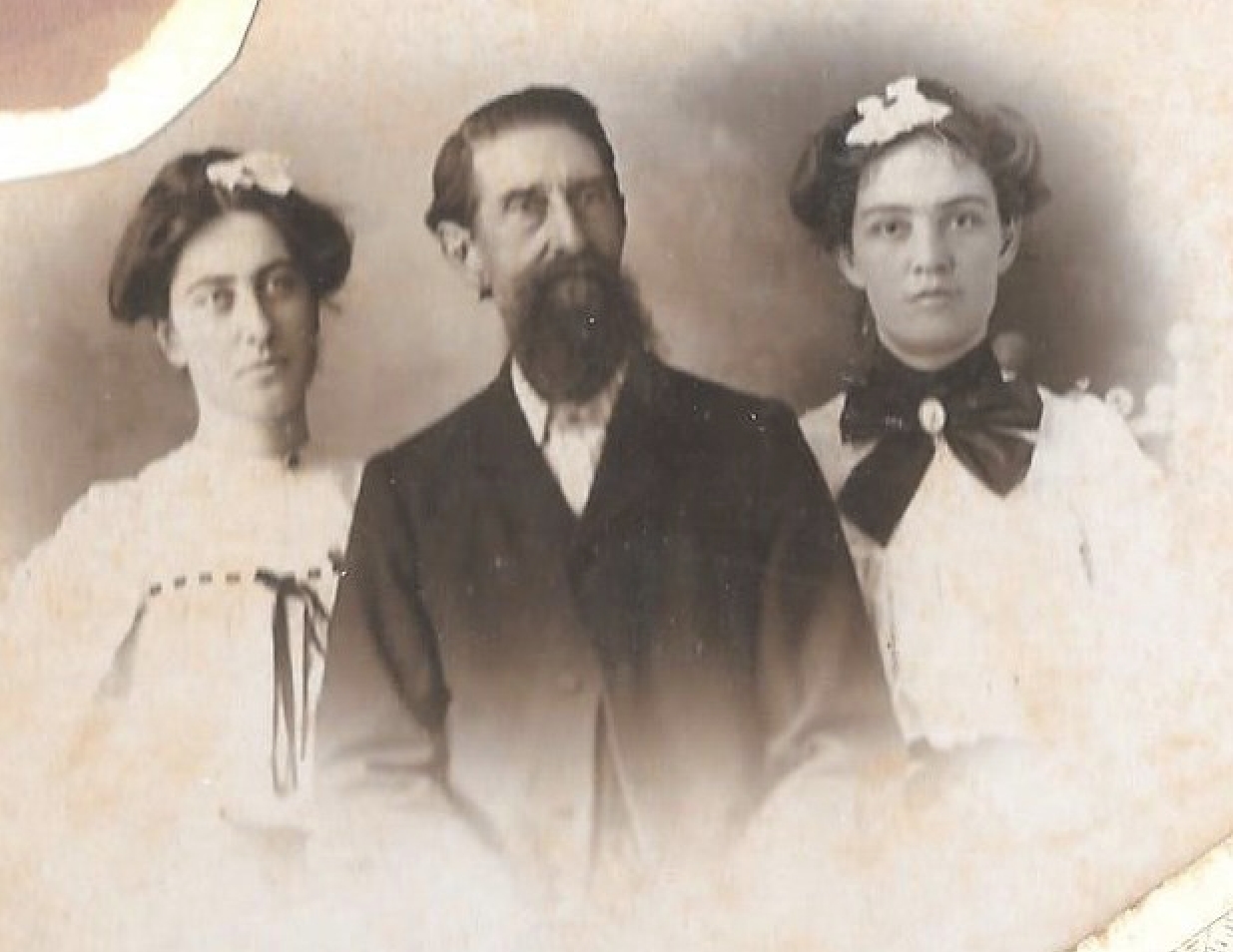Around 1910, a young man dressed up in his best suit and bowler hat and had his photo taken. He sent it to Miss Bessie Sutphin in East Radford, Virginia.
110 years later the photo popped up on Ebay, posted by a seller who lived not far from Radford. I discovered it from a search alert I had for “Radford, Virginia” that I use to find images for my genealogy research.
The back of the postcard had a message scrawled and signed by a D. Goad:
“Please don’t leave home when you see my photo haha. I have tried every day to get these and just got them yesterday. Will ans[wer] soon from your D. Goad”
Although I’m not directly descended from any Goads or Sutphins, I recognized the surnames from my tree – a Nettie Goad married Otha Graham and is buried in the same small cemetery as my great great great grandparents and other cousins on land they lived on in the 1800s. My ancestors also lived in Radford and the surrounding counties for generations, and it was a good bet that Mr. Goad was connected somehow.
So, I started researching Mr. Goad and Bessie. Were they childhood sweethearts? They had obviously been corresponding and knew each other well enough for him to send her his photo and joke with her.
Bessie
I found Bessie easily. She was listed in the 1910 census in East Radford, age 16, living with her parents and siblings on the “public road on the extension of Second Street.”
There were no Goads anywhere nearby in the census. My grandfather Earnest Thornton and great great grandparents George and Hattie Thornton lived on Second Street, but in the West Ward, and their son Wade Thornton lived a few blocks away not far from some other Sutphins (Glover and Hattie Sutphin and son Harry).
Now I had a birth year (1895) and her parents and siblings names. In 1900, at the age of 5 she was living with her family in Laurel Fork, Carroll County, Virginia (about 40 miles south of Radford) surrounded by lots of other Sutphins. Her parents were John Merritt Sutphin and Nancy Akers. Akers is another common name in my tree (although I’m not directly descended from any). Bessie was one of 14 children. They lived just a few households from Drexel Goad. Bingo! I’d found “Mr. Goad.”
Laurel Fork is a beautiful area in the Appalachian Mountains near the North Carolina border just off the Blue Ridge Parkway, not far from the famous Mabry Mill, which was founded by one of Bessie and Drexel’s ancestors.
Next, I started working on Bessie and Drexel’s lineage. It didn’t take long to find that Bessie’s father John and Drexel’s mother Lovina were siblings, which meant Bessie and Drexel — Deck as he was called — were first cousins. They would have spent a lot of time playing and attending church together as they grew up.
Sometime between 1900 and 1910, Bessie’s family sold their farm at Laurel Fork and moved into a rented farm on the outskirts of East Radford. Radford was a growing industrial center, and many struggling farmers sold their farms and moved to the “city” to find jobs.
After Bessie moved away, Deck and Bessie stayed in touch. He sent the photo around 1908-10. He appears to be around 18-20 in the photo and this style of postcard was popular between 1907 and 1915.
Sometime around 1913, Bessie moved to Pilot in the mountains southwest of Radford to live with her cousin Lizzie (Bessie’s mother’s sister Henrietta’s daughter). She worked as a “hired girl” in Lizzie’s husband Patrick Kenley’s hardware store.
Around January 1, 1914, Bessie took sick with Typhoid Fever. She was taken to nearby Riner (probably where one of her siblings or aunts lived) to be seen by a doctor and cared for. She died on Jan. 18, 1914, after nearly 3 horrible weeks of pneumonia and diarrhea. Her brother Ilford back in East Radford was the informant for her death certificate.
The Thornton Connections
The first connection I found was Nettie Goad who was buried in my family’s cemetery (see Graham-Thornton Cemetery chapter on my site www.family.dianathornton.com). Nettie had married my 1st cousin 3x removed Otha Clyde Graham, the grandson of my ancestor Robert Graham. I don’t know exactly how Nettie was related to Deck but I have no doubt they were cousins.
As for Bessie Sutphin, one year before Bessie died, her brother Ilford had a baby daughter named Litha in 1913. Twenty-two years later in 1935 Litha would marry Dillard Thornton, my 1st cousin 2x removed, the son of Lindsey and Lizzie Thornton (my 2nd great uncle and aunt who were 1st cousins to each other).
In 1961 Litha and her daughter Lorene and granddaughter Cynthia died in a horrible car crash in Cumberland, Virginia. This was one of a series of tragic deaths suffered by Dillard and his family (to be written up in another chapter). Bessie’s brother Ilford’s son Fred Sutphin was the informant on Litha’s death certificate, proving the families were still close.
Deck
Drexel “Deck” Goad was born in Willis, Virginia where his mother Levina Sutphin was born on Greasy Creek in Carroll County. His father Orlando was also born nearby. The Goads and Sutphins go way back in this area.
In 1909, Deck joined the Army. In 1910, he was a private at Ft. Washington in Maryland (on the Potomac River just south of Washington, DC). He served on and off over the next 14 years, including during WWI.
When Deck lived in Indiana during one of his stints in the Army he married a Kentucky girl Helen Jylia Evans in 1922.
They lived in Louisville, Kentucky where they had two children: Virginia (1923–1980) and Griffin (1924–1972). Griffin also joined the army and served during WWII. He was shot down in Yugoslavia in 1944 but made it home safely after several months of being listed as MIA.
Deck died in 1954 from a stroke caused by Cerebral Sclerosis.
Postscript
I was able to track down Deck’s great granddaughter Ryann and let her know about the photo and what I had learned. She knew very little about him so my research helped fill a gap in their family history and added another distant cousin to my tree.
You can read an illustrated version of this on my family website: https://www.family.dianathornton.com/mr-goad-sent-his-photo-to-bessie-sutphin/
If you’d like to have a photo researched, please check out my
Meet Your Ancestors Photo Research Package.



